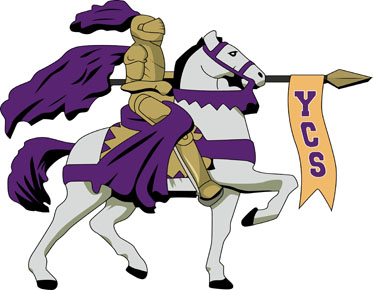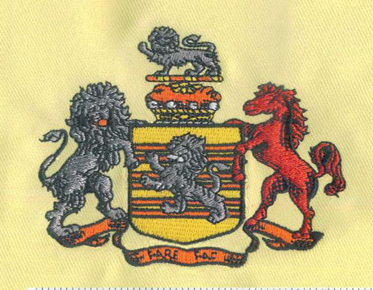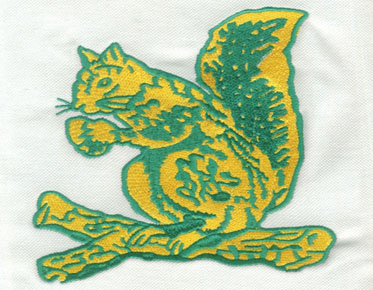What Is A Vector Logo And Why You Want One
Choosing the correct logo for your
brand is crucial to the success of your business, and that's what we all have
in common. But to create the most efficient logo, it's equally important to
select the correct logo as your corporate identity. The following content also has some reference value for Eagle digitizing.
Choosing the right logo format can
often be difficult and difficult as most business owners are unaware of the
various types of logo formats. It's easy to get lost, confused and make
mistakes if you don't have the right knowledge.
However, business owners don't have to
know the various logo formats because in most cases, a vector-based logo will
suffice.
What exactly are image vectors, and why do businesses need them?
In the following sections, we'll
introduce you to vector formats and why they're considered an ideal design
format for business logos.
What is a vector logo?
In general, there are usually two main
image formats, vector and raster. Many of us are aware of raster formats such
as .jpg, .png .pdf, etc. They are widely used on the Internet for various
purposes. However, the raster format is a bit clumsy and has inherent
shortcomings in terms of resolution.
Raster images are made up of tiny
pixels and have a unique geometry (size and shape). This means that when
stretched or compressed in a disproportionate way, the image loses its aspect
ratio and results in a blurry image.
In contrast to raster file formats,
vector files consist of mathematically drawn lines, curvatures, and forms. They
are immune to shape distortion no matter how much they stretch or shrink. Since
you can resize or change the size of vector files at any time, they can be
edited without any damage.
Due to the unique editability of
vector file formats, professionals prefer vector formats for logos used in
business as they are more scalable and flexible to change sizes.
What are the common vector logo formats?
Now that you understand the difference
between raster graphics and vector graphics and why companies most often use
vector logos, let's take a brief look at the various types of vector graphics
available.
In general, you can find a wide
variety of vector graphics that are widely used in this field. Each has
specific features and attributes, including editing capabilities,
compatibility, and quality.
The most commonly used vector logos
are:
AI (Adobe Illustrator Artwork)
EPS (Package Postscript)
SVG (Scalable Vector Graphics)
PDF (Portable Document Format)
Why do you need a vector logo?
The logo of a company is generally
considered to be the image of the company. They can be found on all kinds of
formal or informal marketing merchandise, including letterhead, email
promotional merchandise and many other things.
That means you need the right format
to change size and shape easily without blurring or discoloring. This is where
vector formats come in. It consists of mathematical shapes and lines that can
be changed and resized according to requirements without losing any details or
aesthetics.
Let's see what makes vector art an
ideal style for business logos.
Scalability
As mentioned in the previous sections,
scalability is the only unique feature of the vector format. For business
owners, you can change the size of the vector logo according to your needs
without affecting the aesthetics and quality of the logo's appearance. Indeed,
regardless of scale, the logo will remain legible to apply to any commercial
item.
Also, do you want to incorporate your
logo on letterhead, billboard posters, cards or other promotional items
(t-shirts or jackets, towel calendars, etc.). Vector logos are sure to yield
the best results every time. Additionally, when you use design vectors, you
will have greater control over any desired changes that need to be made to the
design later.
Flexibility
Another excellent feature that makes
vector designs a great choice for companies is their versatility. You can
upload vector images to any image you like, including SVG, PDF SVG, AI, and
SVG. To make it even more flexible, vector logos can be imported as raster
images in preferred formats such as TIFF, PNG, JPG, GIF, etc.
With this degree of freedom, designers
can be more equipped to distribute their designs to clients in their preferred
format. Since more apps/programs are available on mobile and desktop for
viewing raster formats, business owners love to receive their logos in raster
format for review. They can also suggest changes to the designer, which will
allow them to include these modifications in vector format before sending them
back for review.
Edit
Not only are vector logos easy to
scale, but they are also great for editing and editing. This is critical when
designing for difficult clients or clients with shorter deadlines.
As a key business component, it is
standard for a company's logo to have to be revised several times before it is
finally approved. Therefore, designers prefer to make different versions of
their logos in vector format, which makes it easier to edit their designs in
time if required.
For example, in Adobe Illustrator, it
is very simple for a designer to change the colors or other elements that make
up a logo in a short period of time. Likewise, you can make other adjustments
to the file based on the client's request.
Independent of resolution
As mentioned earlier, vector formats
are not bound to any particular geometry, unlike raster formats (which are
limited by pixels). This means that vector logos do not have any inherent
resolution in the first place, and they will be able to adapt to the resolution
of the device on which they are displayed. This is a remarkable achievement. In
today's mobile-centric business world, customers use devices of all sizes to
browse the Web and other business documents.
Smaller file
Not to mention that vector files are
inherently smaller than raster files. When it comes to raster images, they have
millions of pixels in each image, and each individual pixel has its own X
coordinate and color. All of this data needs to be kept in memory and retrieved
on demand.
In vector data instances, there is no
data that can be saved and read efficiently, which not only saves disk space,
but also increases the efficiency with which operations can be achieved.



